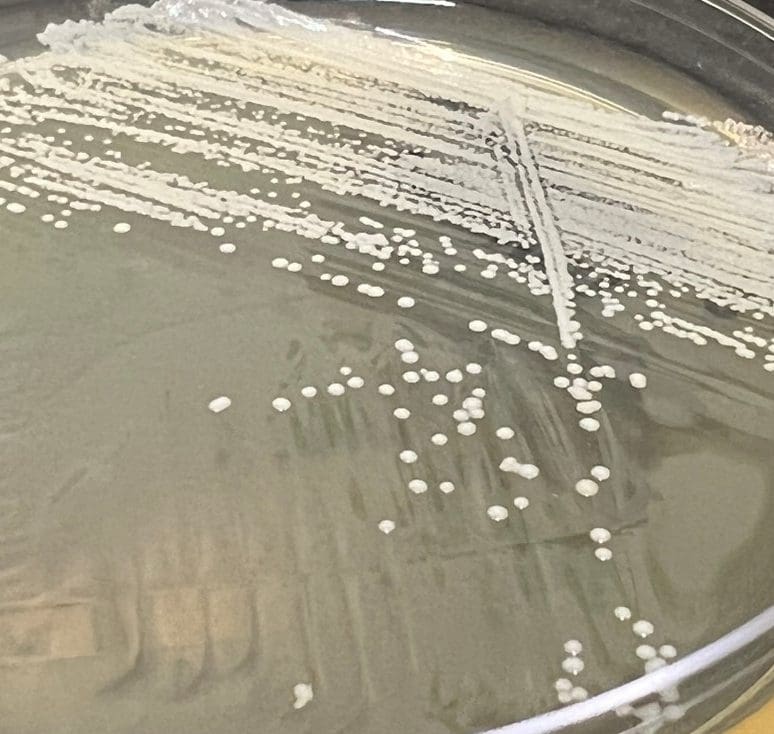
Get A Testing Quote
Staphylococcus intermedius
STRUCTURE AND PHYSIOLOGY
S. intermedius is a gram-positive, coccoid, coagulase-positive bacteria that is commonly found as part of the skin and mucosal microflora of many different animals such as dogs, cats, and pigeons. It has been commonly misidentified as S. aureus in the past due to its nature as coagulase-positive.
TRANSMISSION AND DISEASE
This microorganism is not well understood as a human pathogen as it has rarely been isolated from infections in humans. Most cases of infection with S. intermedius involve wounds as a result of dog bites or in surgical patients with a history of close proximity to animals.
DISINFECTION
Treatment of infections caused by S. intermedius can be readily treated with penicillins and has shown few instances of antibiotic resistance.
NOTES
Recent studies have suggested the possibility that S. intermedius can be found in the skin and oral flora of some humans without any known exposure to animals. However, this microorganism only constitutes a minority of the subject’s microflora in those instances.
REFERENCE(S)
Wang, Nancy et al. “Staphylococcus intermedius infections: case report and literature review.” Infectious disease reports vol. 5,1 e3. 22 Jan. 2013, doi:10.4081/idr.2013.e3
Share

